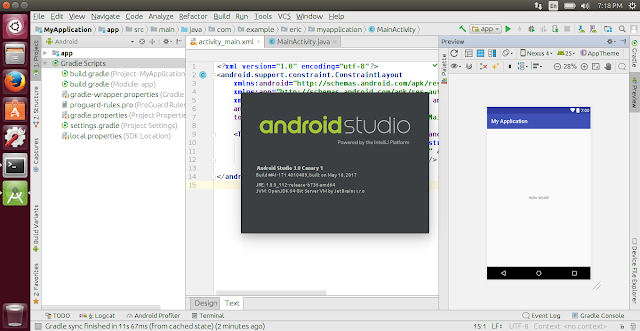

Not entirely necessary, but I don’t want to even know the internal hard drive exists – because even if you set the hard drive 'not to exist' in your BIOS, the Linux installation will still 'see' your internal hard drive on most motherboards. Power off your computer, open the case and physically disconnect the hard drive from the motherboard.This is the overkill part. And if not, try plugging the USB stick directly into the back of the computer (as in use the USB ports that are directly off the motherboard and not the ones wired to the front of the case).2. The permanent MAC Address will be restored to your network adapter after a reboot or you can reset your network adapters MAC address manually.Head into the BIOS of your computer and from the boot device order set the first to be CDROM and the second to be USB-FDD, USB-HDD or USB-CDROM.If USB-FDD doesn’t work for a boot device, try USB-HDD. Now use the following command to change your MAC address to a new random MAC Address:Īs shown on the screenshot, Macchanger will show you the permanent, current and changed MAC address. Replace wlan1 with your own network interface. Use the following command to take down wlan1 with iproute2:

The ifconfig tool will be replaced by iproute2. This can be done using the following command: MAC Address Spoofingįirst we need to take down the network adapter in order to change the MAC address. The MAC address is in the 2nd OSI layer and should be seen as the physical address of your interface. Macchanger is a tool that is included with any version of Kali Linux including the 2016 rolling edition and can change the MAC address to any desired address until the next reboot. In this tutorial we will be spoofing the MAC address of our wireless adapter with a random MAC address generated by Macchanger on Kali Linux. A MAC Address is a unique and hardcoded address programmed into network devices which cannot be changed permanently.


MAC address spoofing is a technique for temporarily changing your Media Access Control (MAC) address on a network device.


 0 kommentar(er)
0 kommentar(er)
